Likes
- Arguably one of the most reliable cars available.
- Huge support network.
- Very affordable running and maintenance costs.
- One the picks when it comes to this class of used car.
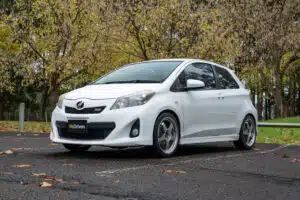
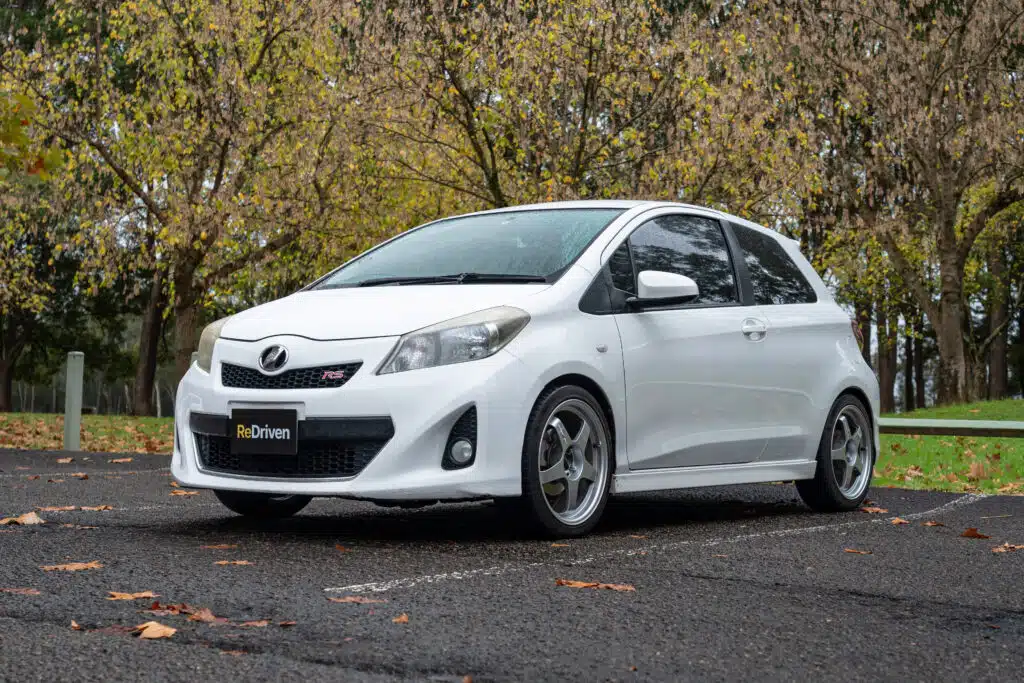
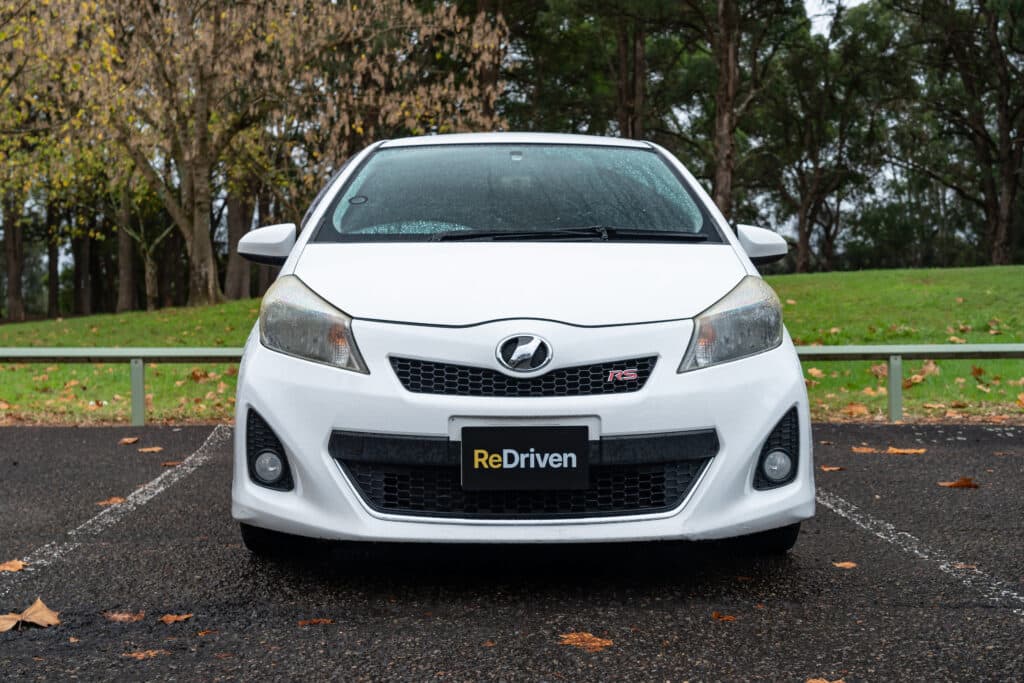
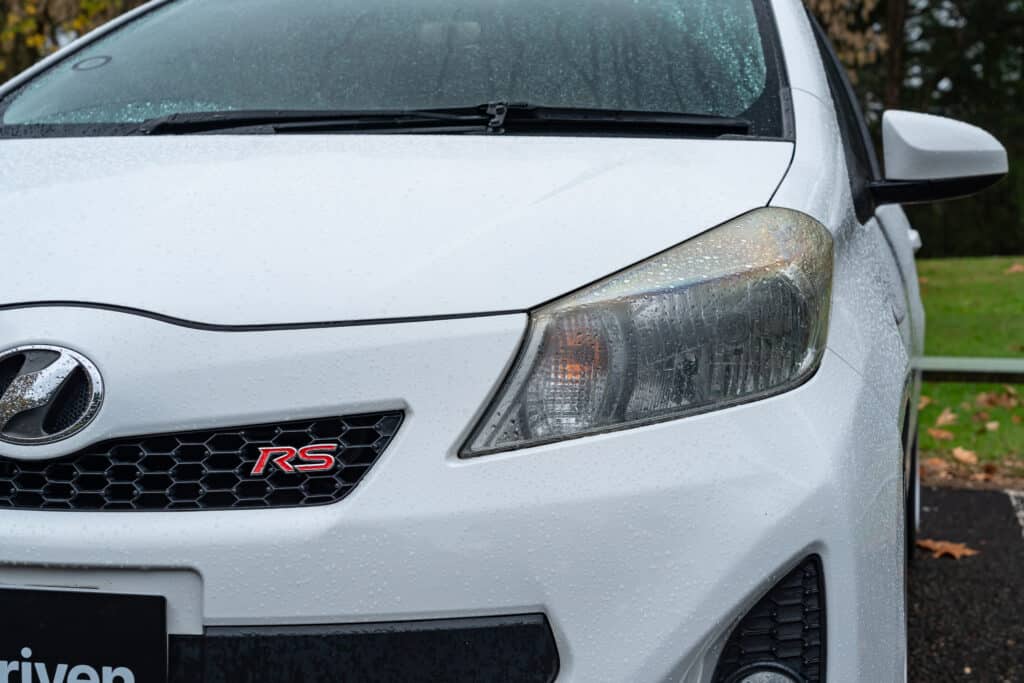
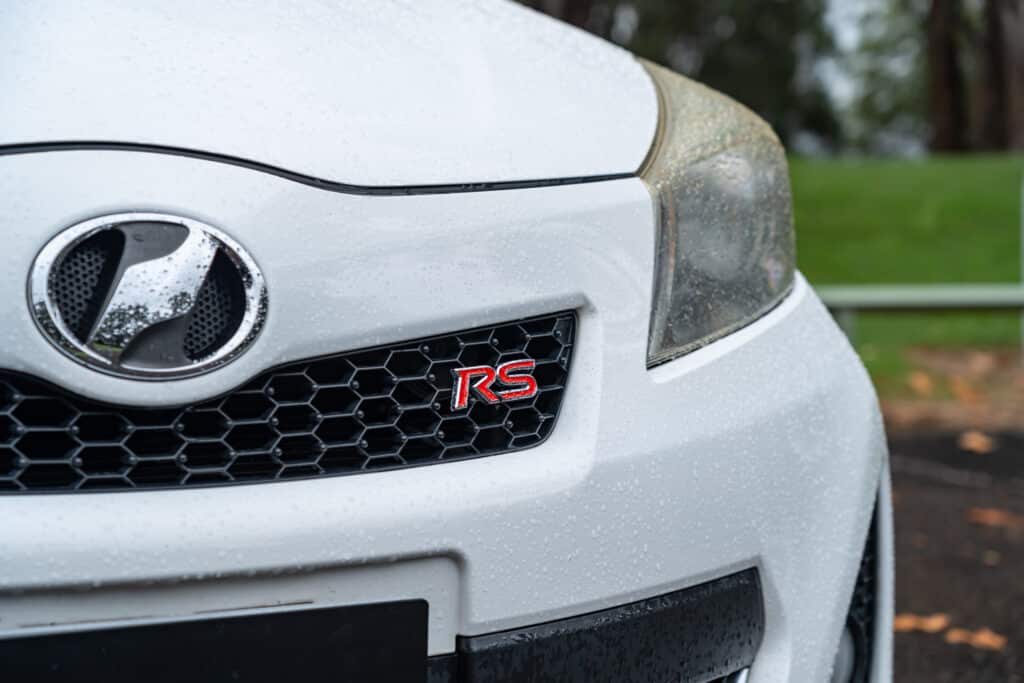
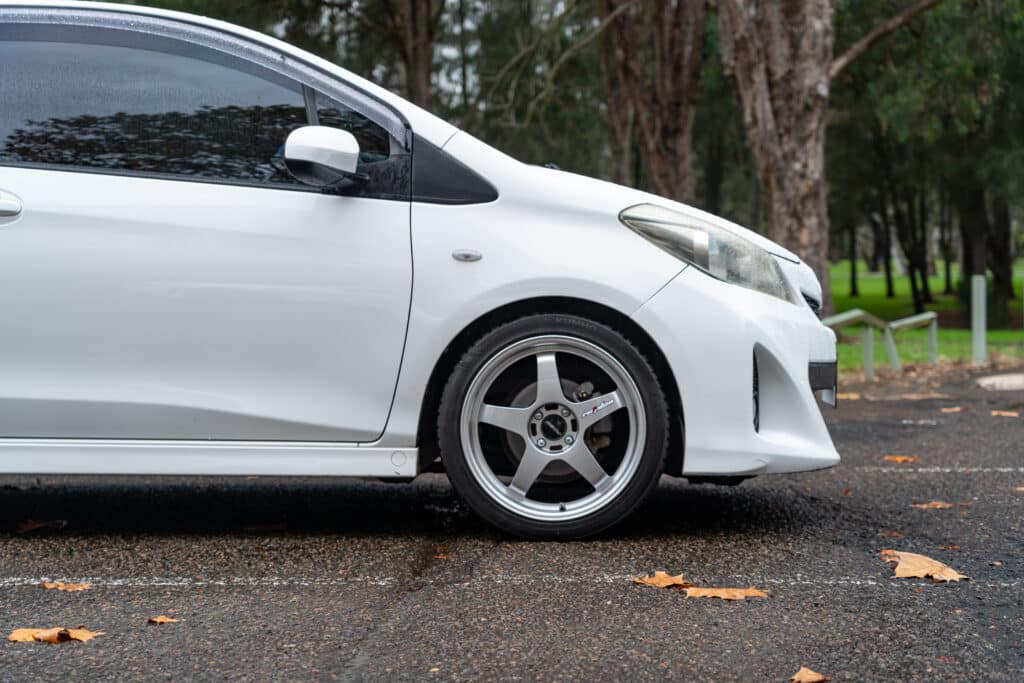
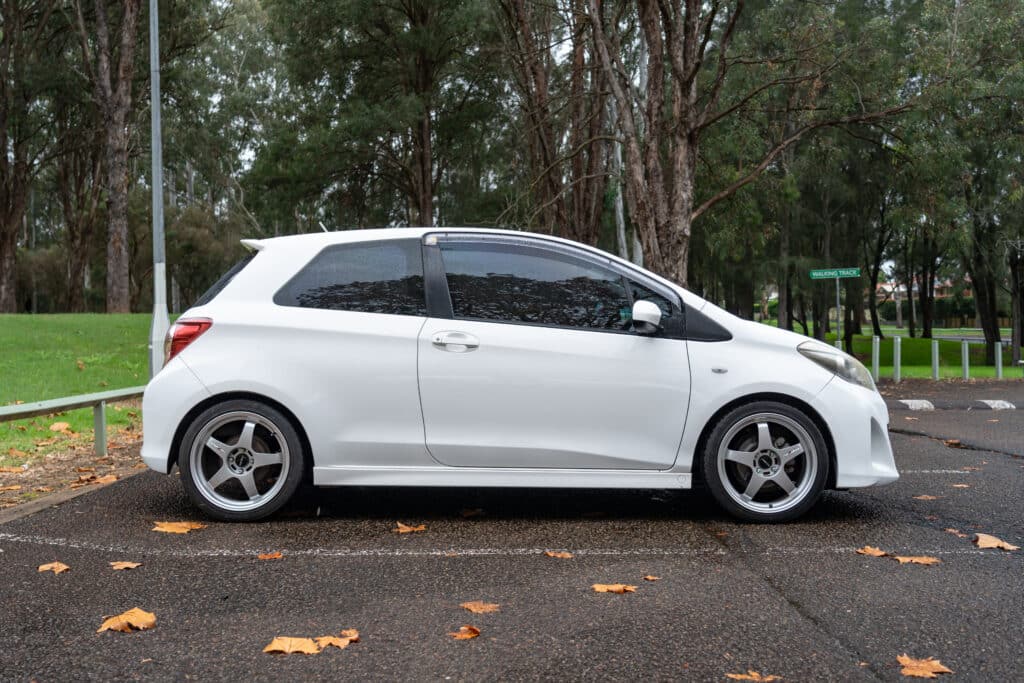
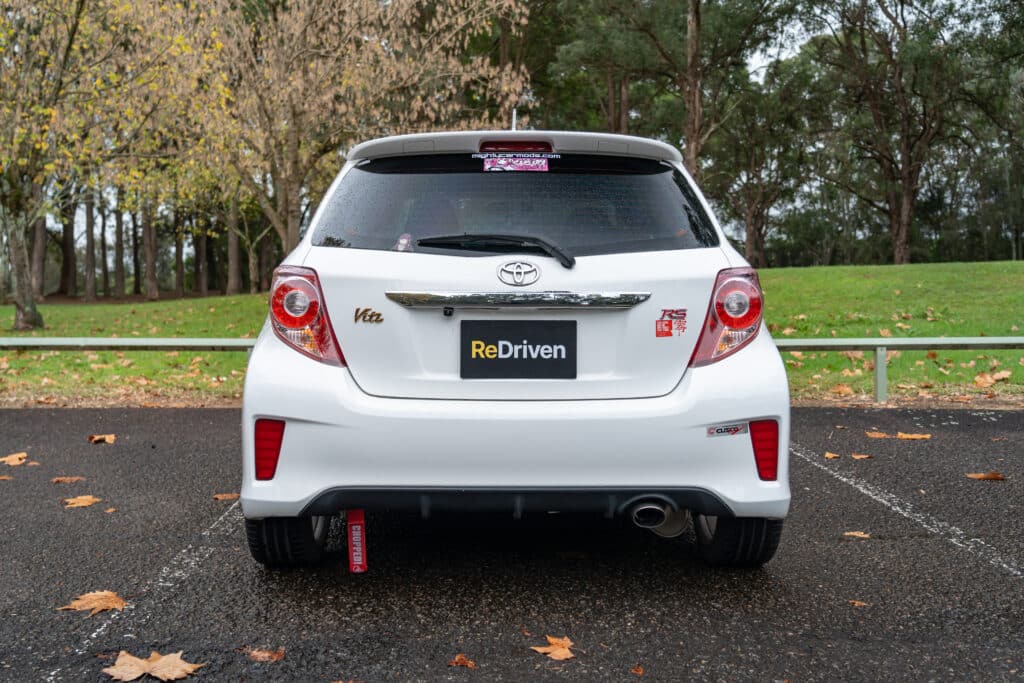
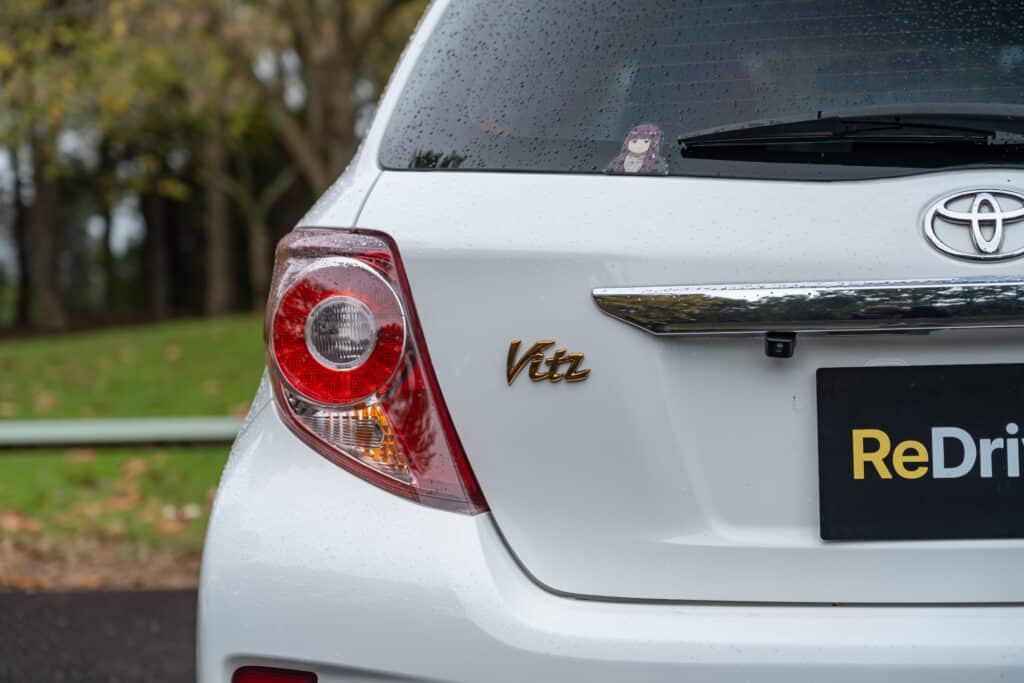
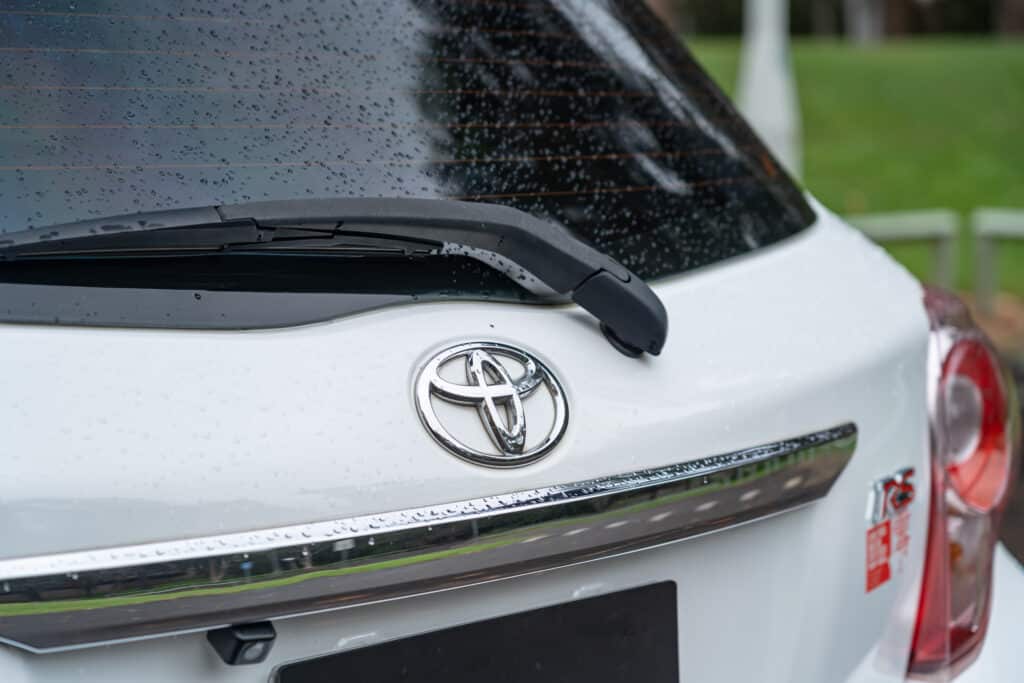
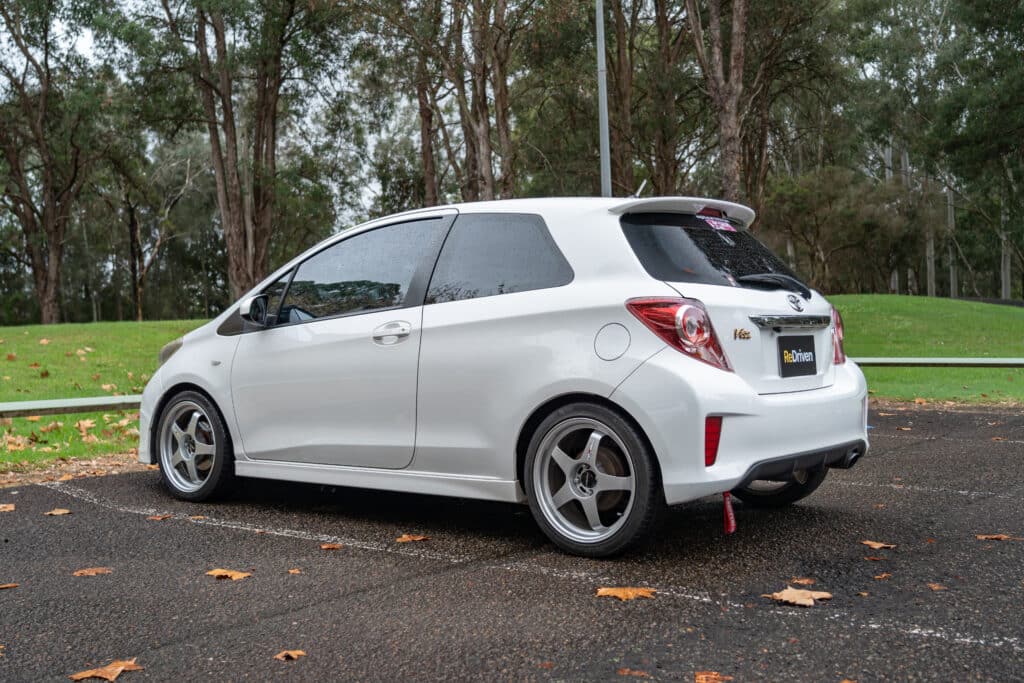
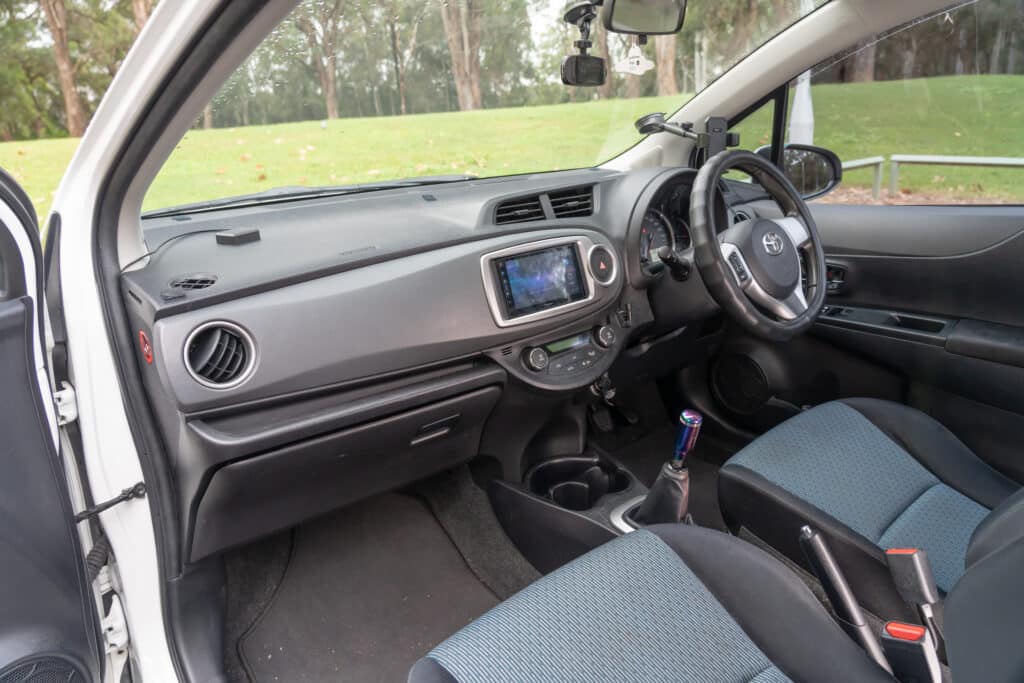
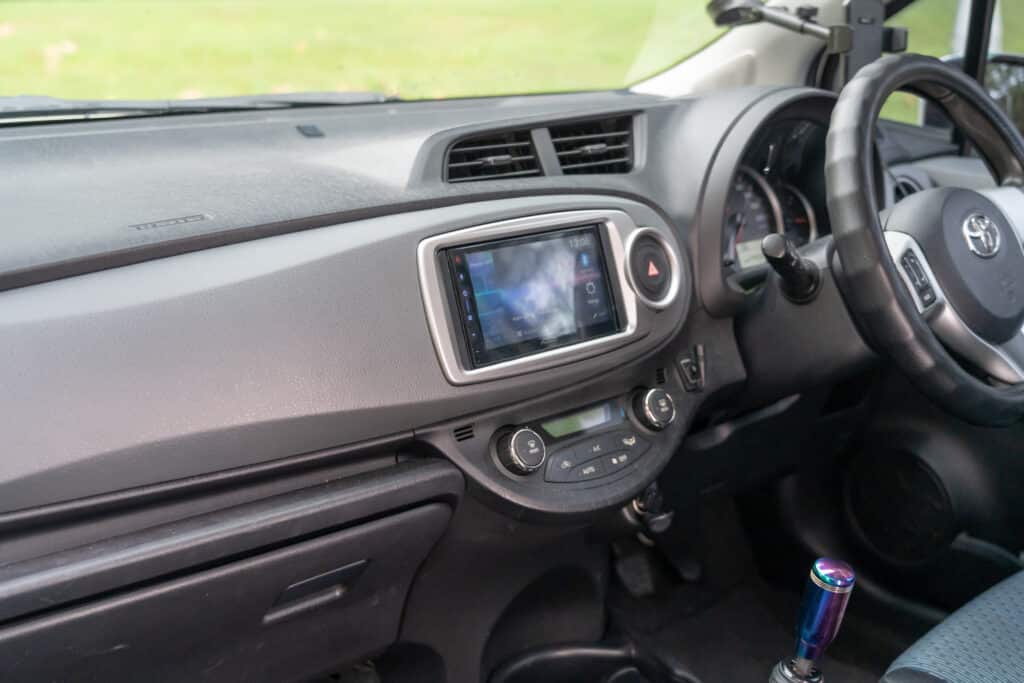
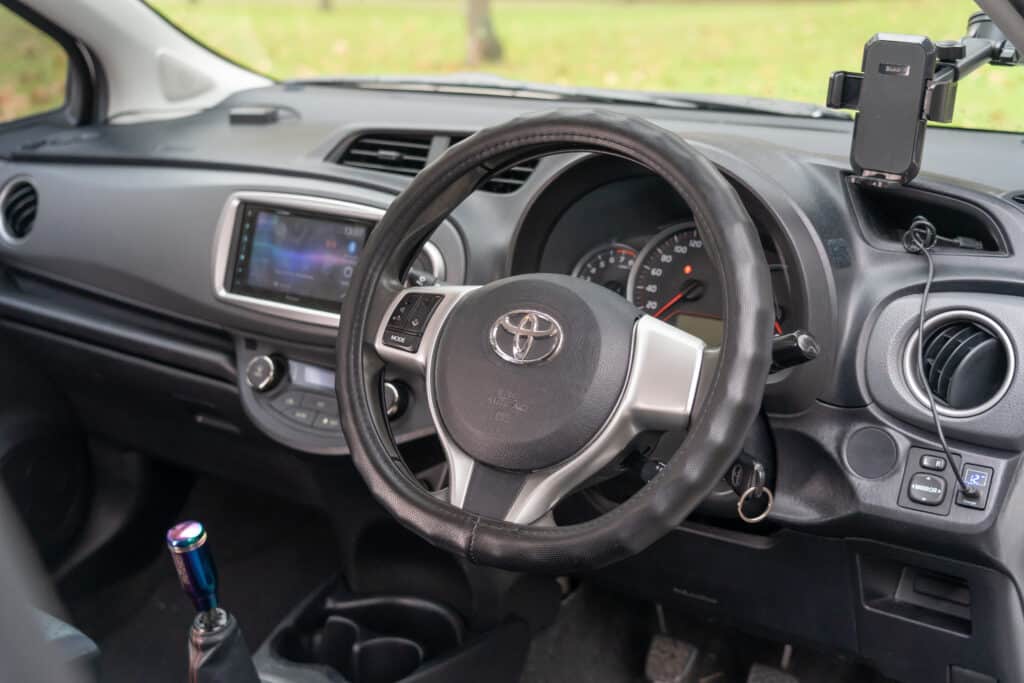
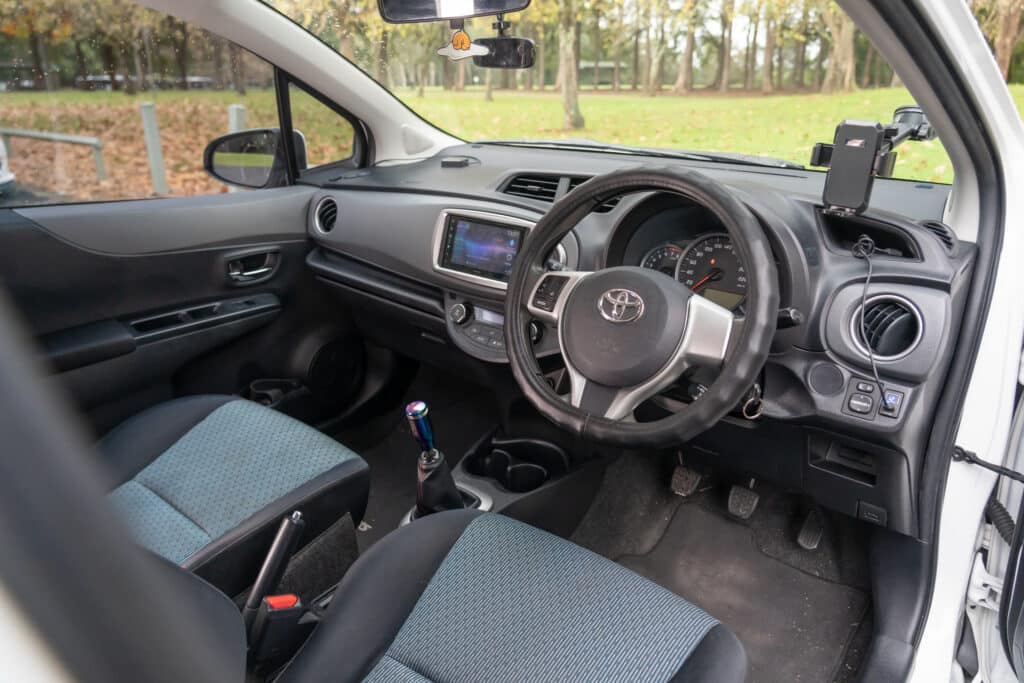
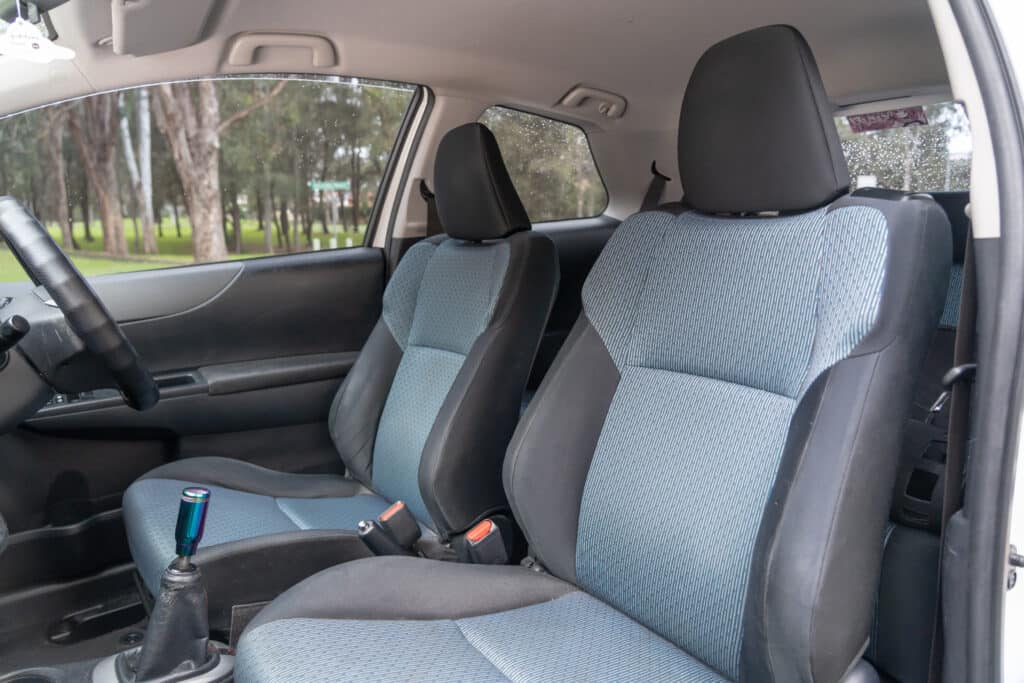
If you’re looking for a small, practical, well-built and easy-to-live-with used car that won’t break the bank, the Toyota Yaris XP130 generation is well worth a look. Sold in Australia from 2011 until early 2020, the XP130 was the third-generation Yaris globally and the second-generation to be called Yaris here in Australia. It slotted in just above the pint-sized Aygo (which we didn’t get) and below the Corolla in Toyota’s local line-up, offering an affordable entry point into the brand. As you’d expect from a Toyota, the Yaris comes with a huge support network and parts availability is top-notch, with both genuine and aftermarket bits easy to source and generally very affordable.
At launch, the XP130 was offered in three- or five-door hatchback form, although from the 2014 update onwards, Toyota dropped the three-door altogether and stuck with the more practical five-door body. That 2014 facelift also brought a sharper, more aggressive front end with a huge swoopy grille, and underneath that makeover Toyota claimed to have changed over 900 parts. These included improvements to sound insulation, chassis stiffness, suspension tuning, and interior quality. While the overall mechanical layout remained familiar, the Yaris became a more refined and comfortable thing to drive.
Throughout its run, the XP130 stuck with two engine options in Australia, a 1.3-litre and a 1.5-litre naturally aspirated four-cylinder, both paired with either a 5-speed manual or a 4-speed automatic. While adequate for daily duties, neither are what you’d call fast, and with only four gears, the auto can feel a bit out of its depth on the highway. That said, they’re generally tough little engines that rarely cause drama.
Overseas, though, the XP130 Yaris (sold as the Vitz in Japan) got a much more interesting buffet of variants, including all-wheel drive versions, a 1.5-litre hybrid (which Aussies sort of got as the Prius C), and a range of go-fast specials.
Trim levels followed a familiar three-tier structure, although the names changed across the XP130’s life. Initially, you had the YR, YRS, and ZR, but from the 2014 facelift onward, they were renamed to Ascent, SX, and again ZR at the top. Across these, features improved steadily with each update, base models typically came with things like Bluetooth, power windows and basic air-con, while higher trims gained alloy wheels, touchscreens, climate control, and even sat-nav. Safety features were also steadily added, with seven airbags and stability control standard across all variants, long before some competitors caught up.
Of course, the most exciting variants of the XP130 didn’t officially come to Australia, but thanks to the grey import scene, you can find them here. The Vitz GRMN came in two flavoursome a Japan-only model with a 1.5-litre turbo, and the very rare, France-built Euro-spec GRMN featuring a 1.8-litre supercharged four-cylinder, essentially the same unit found in a Lotus Elise. With heavily reworked suspension, brakes and chassis upgrades, they’re proper hot hatches, but they’re very rare and expensive here, often going for over $50,000. At that point, you’re probably better off getting a newer GR Yaris, which is quicker, newer, and more capable.
While the XP130 Yaris nails the basics, it’s not perfect. Some owners have reported issues which we elaborate on in our “what goes wrong” section. But for the most part, this generation of Yaris is all about affordable, fuss-free motoring. If you’re after a used small car that’s cheap to run, easy to maintain, and holds its value well, the XP130 Yaris is definitely worth a look but before you commit, read on the find out what you need to be wary of.
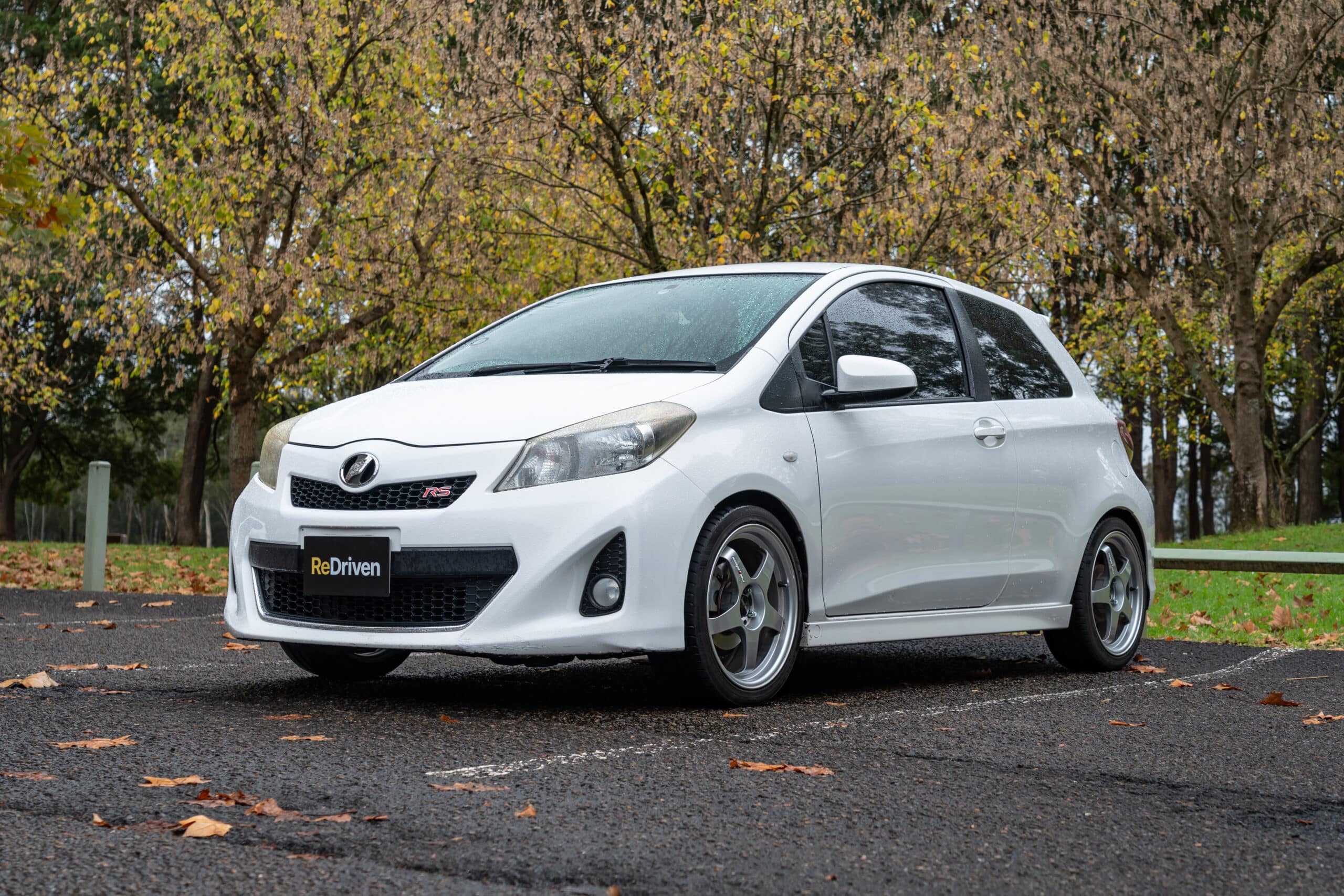
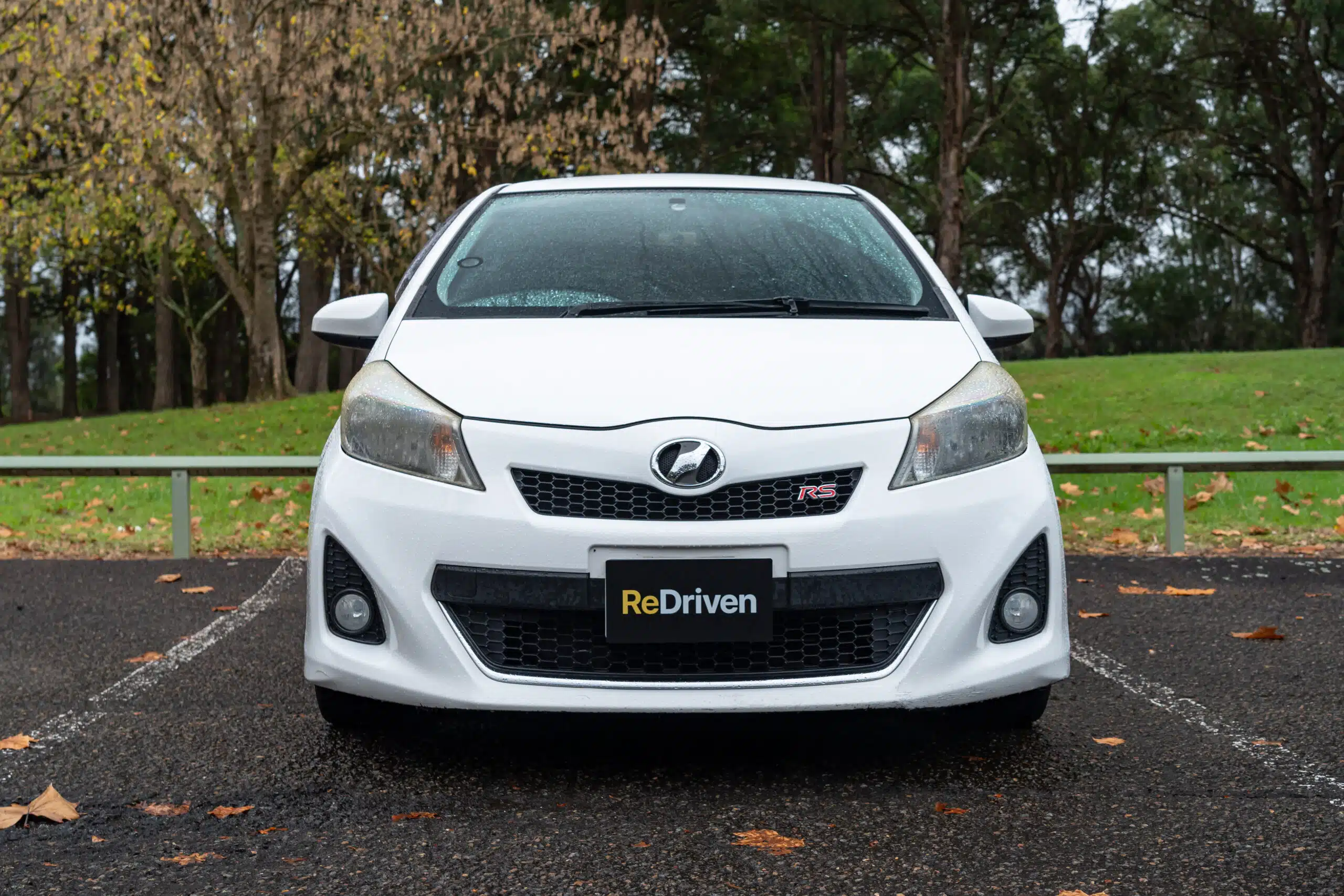
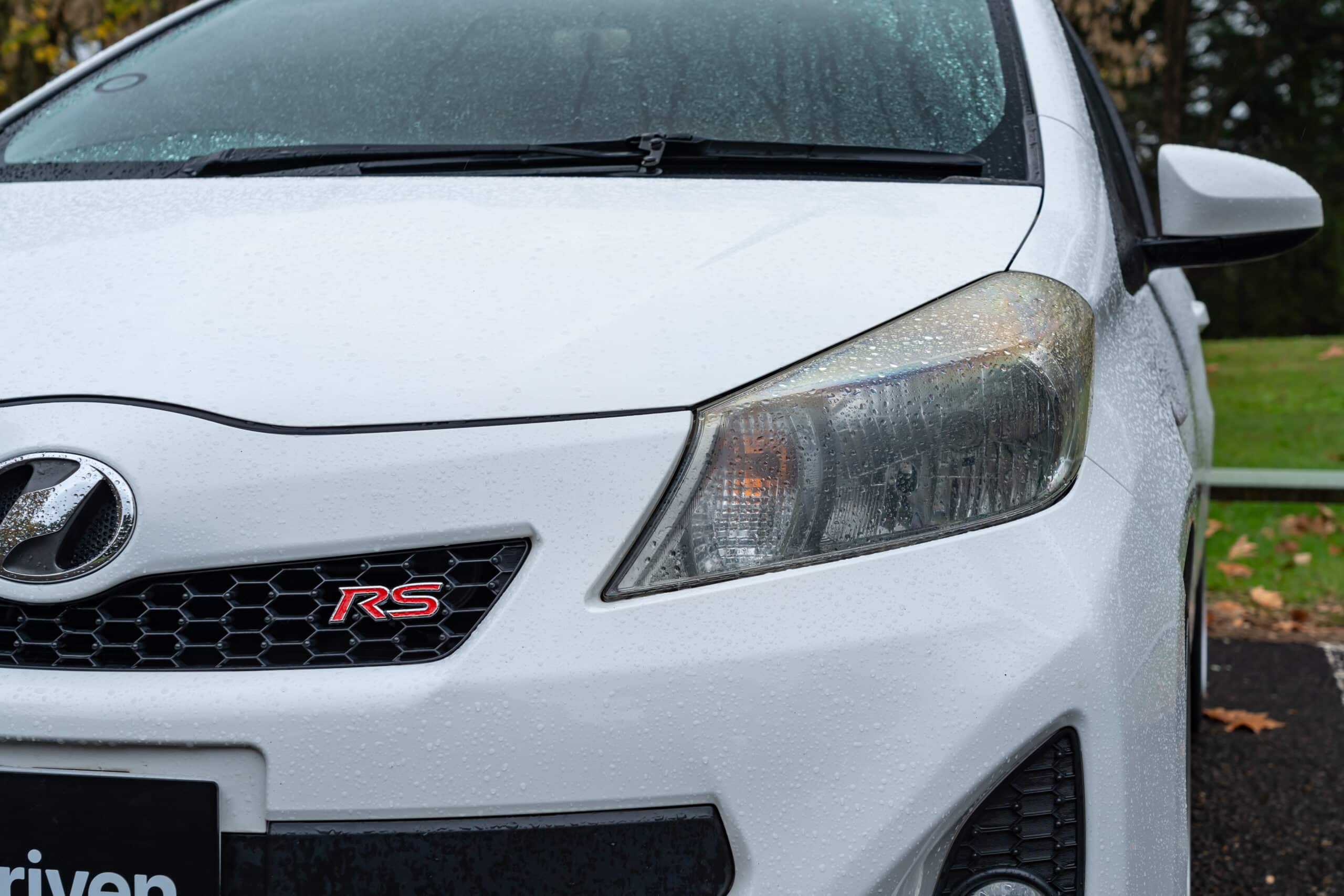
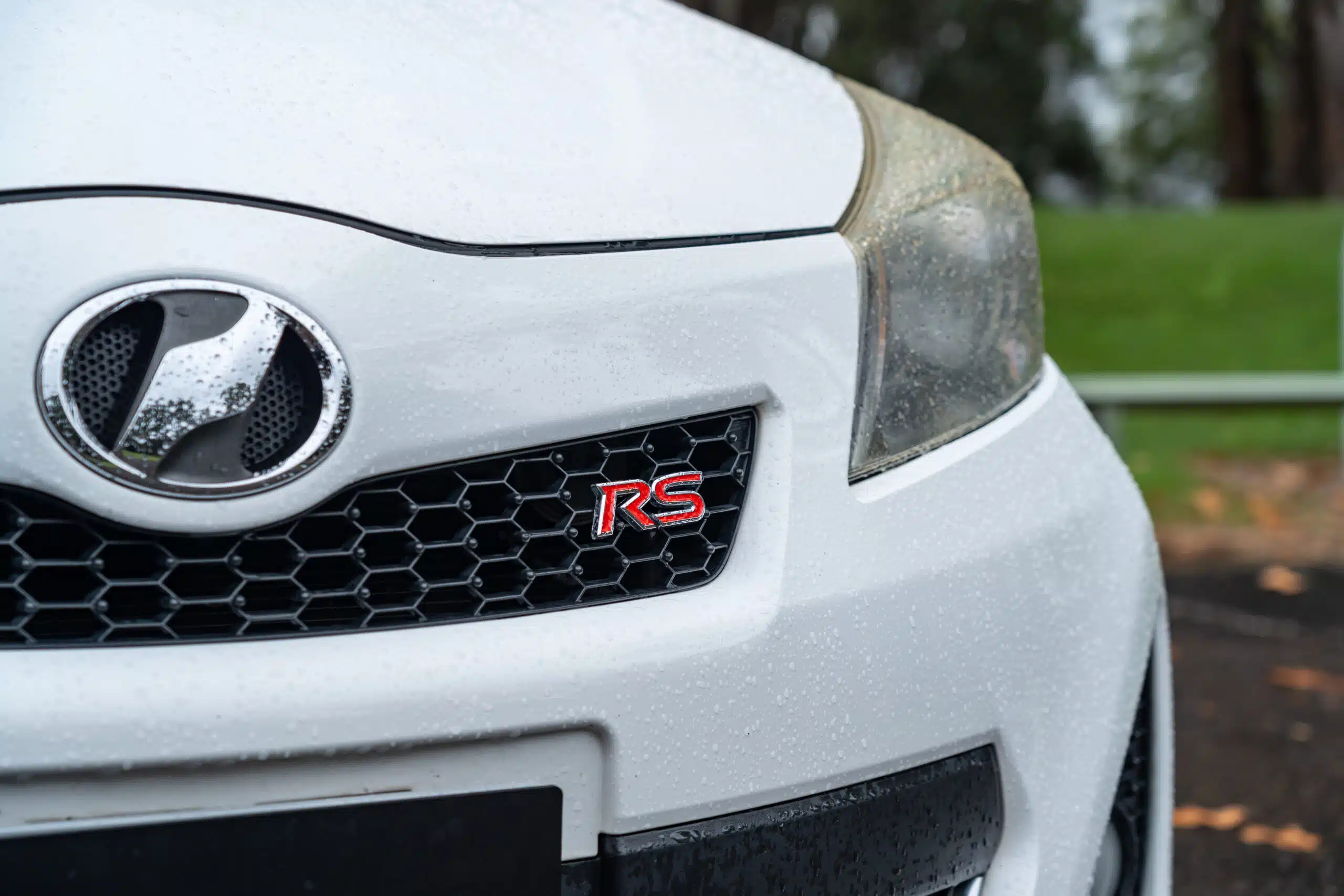
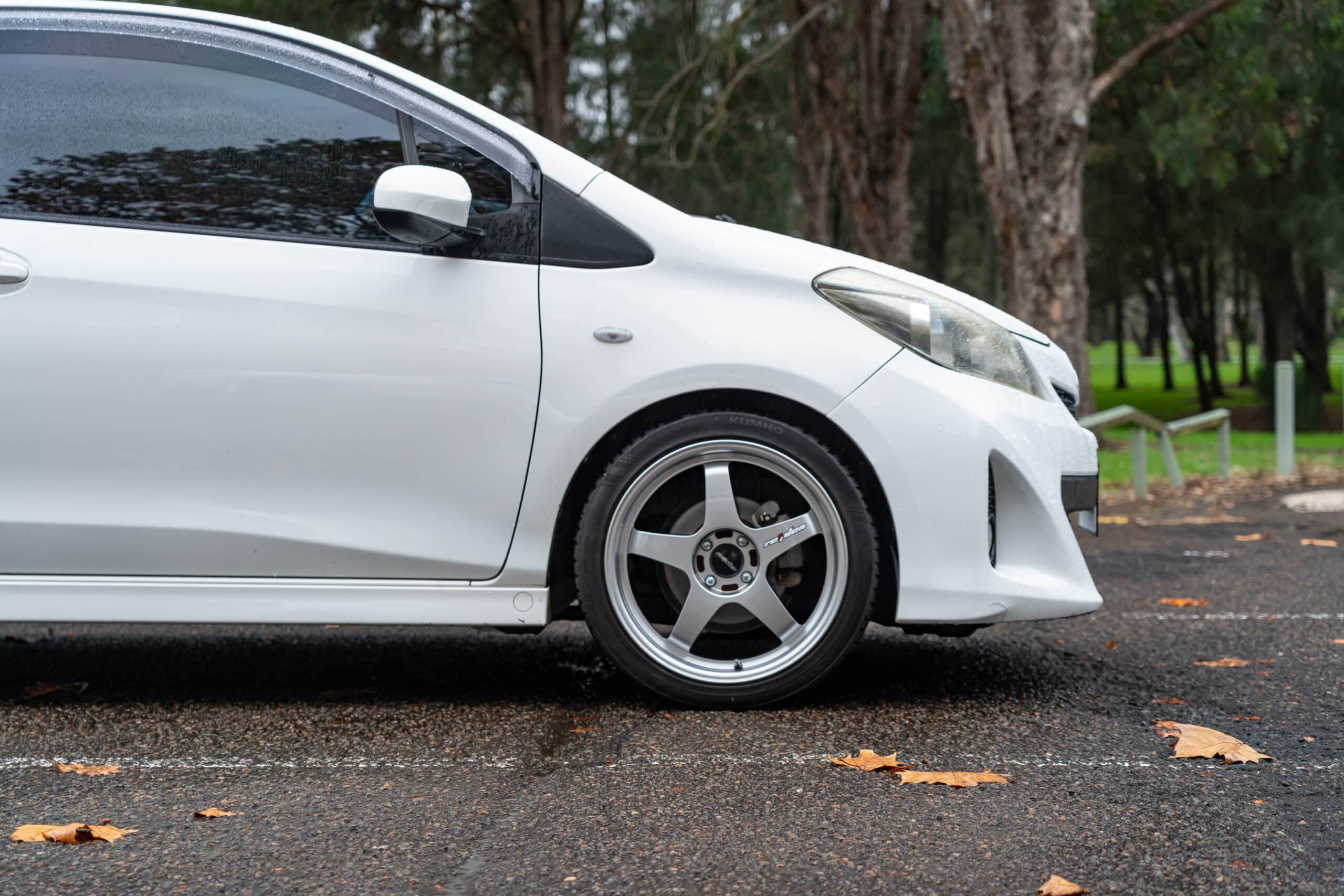
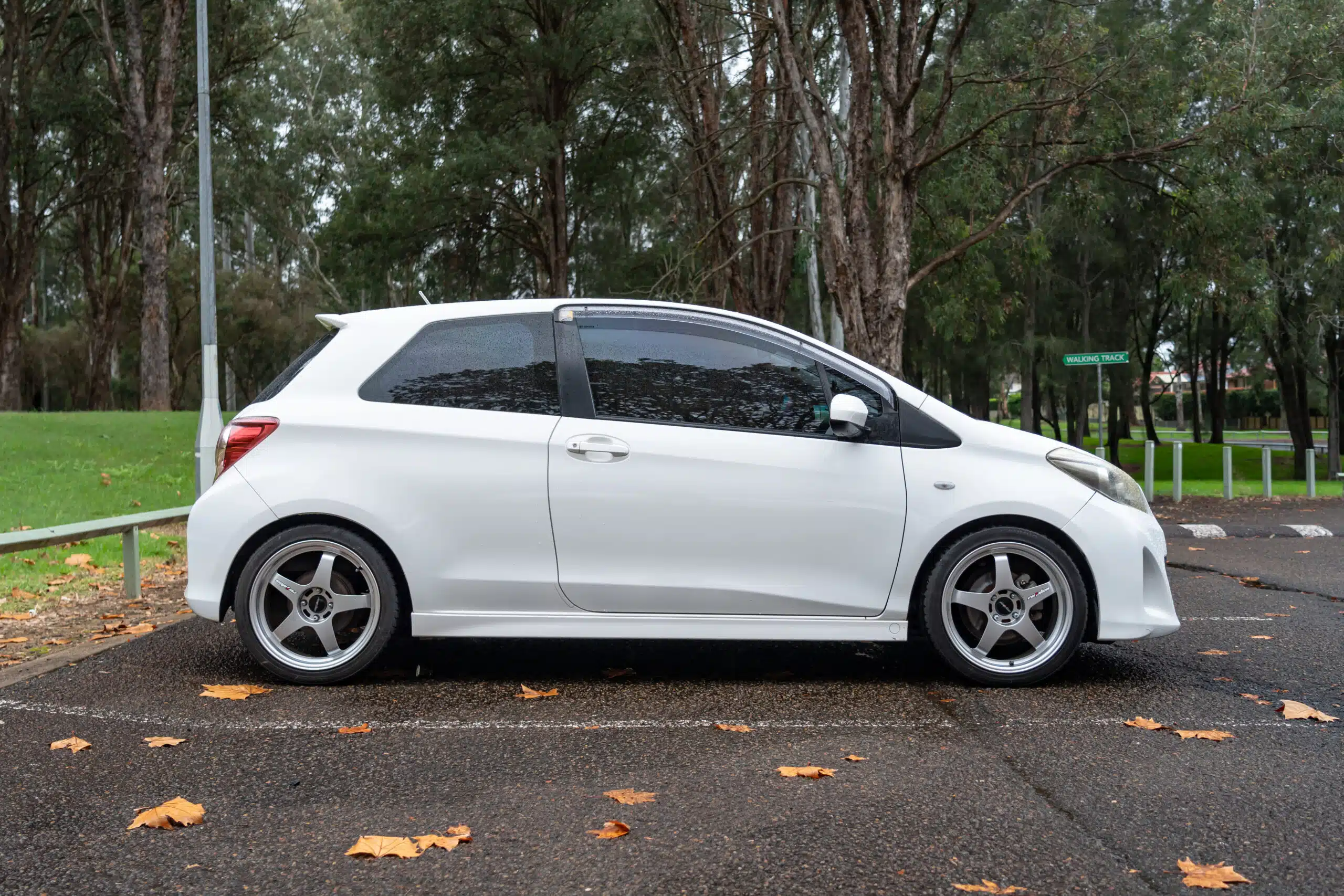
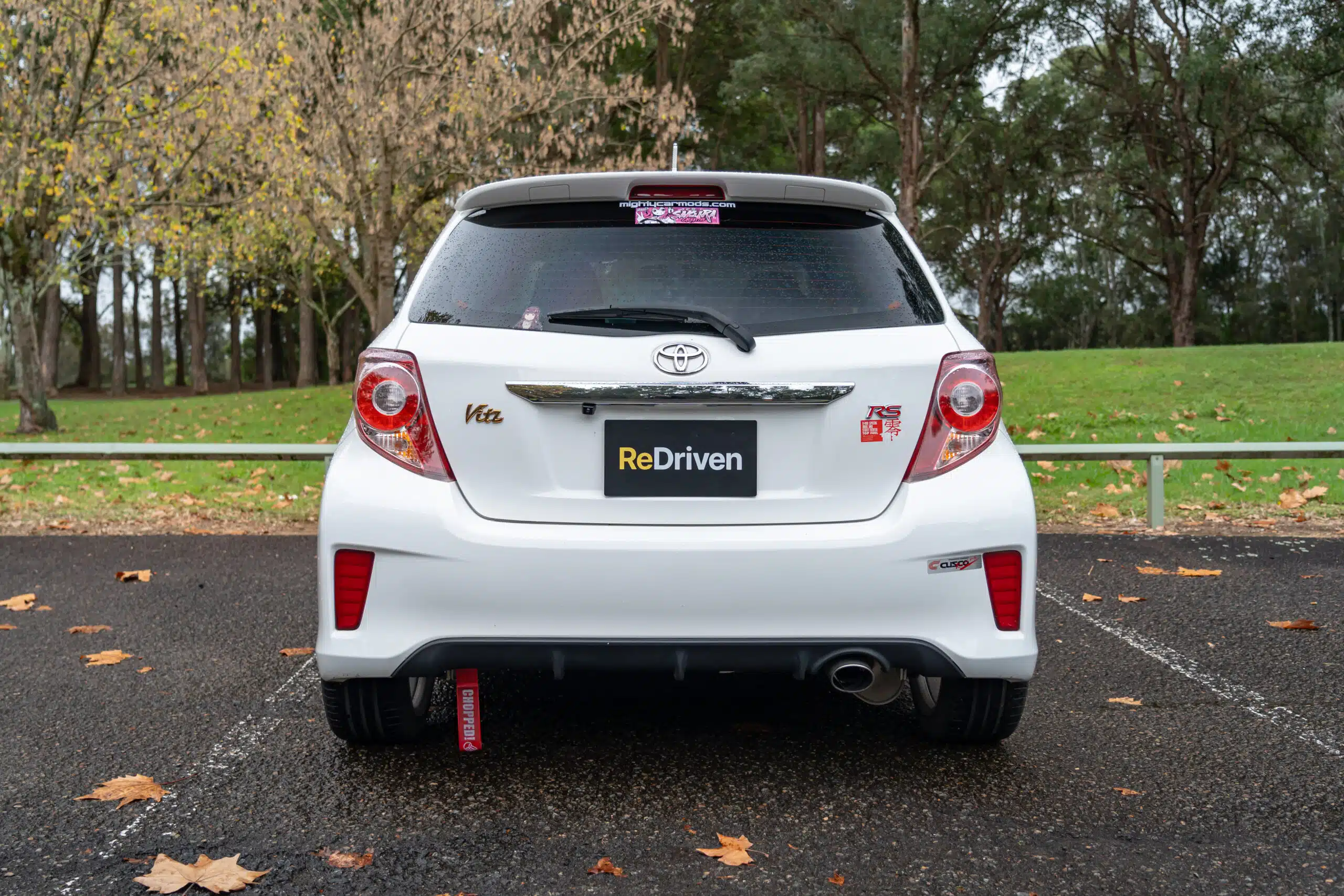
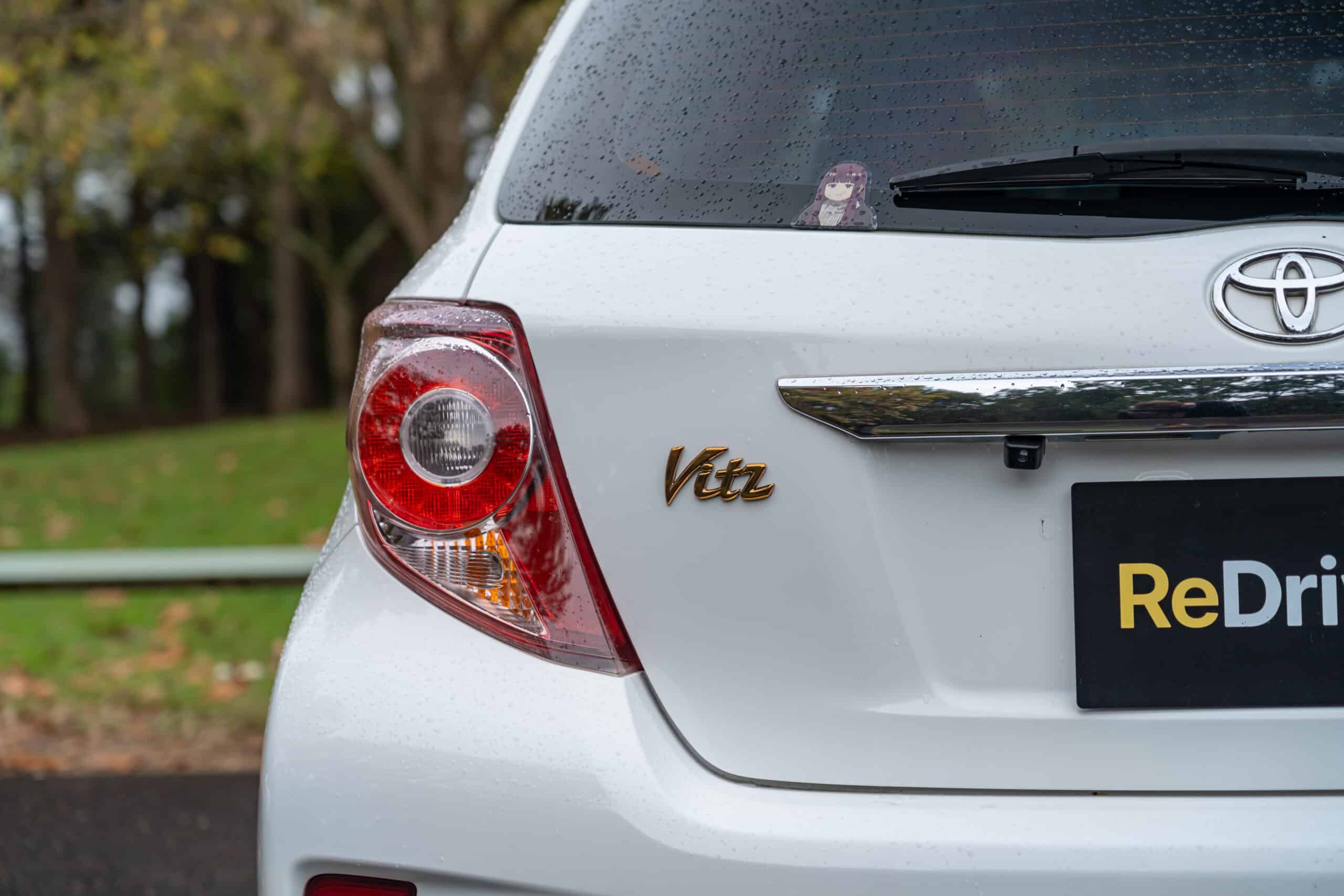
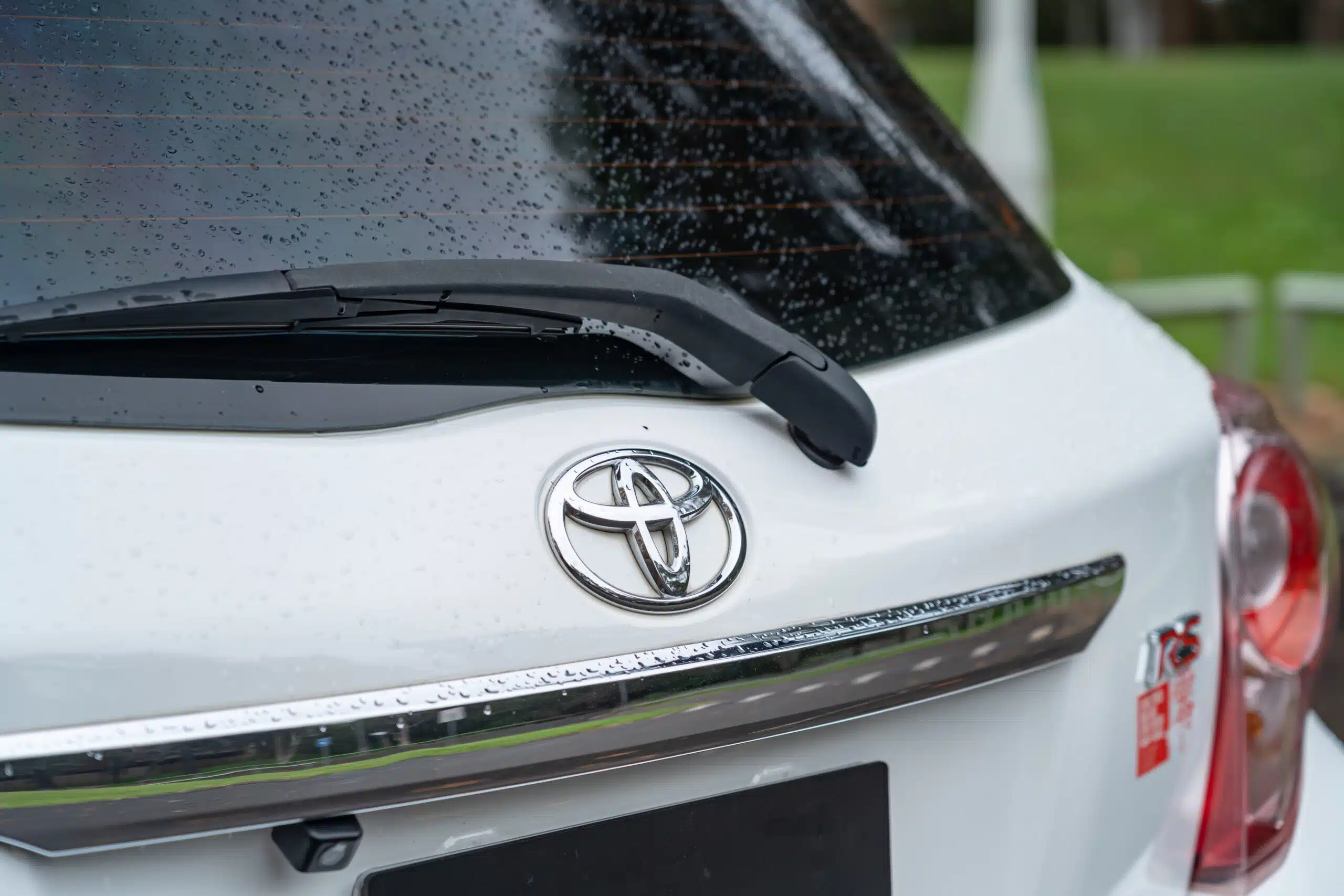
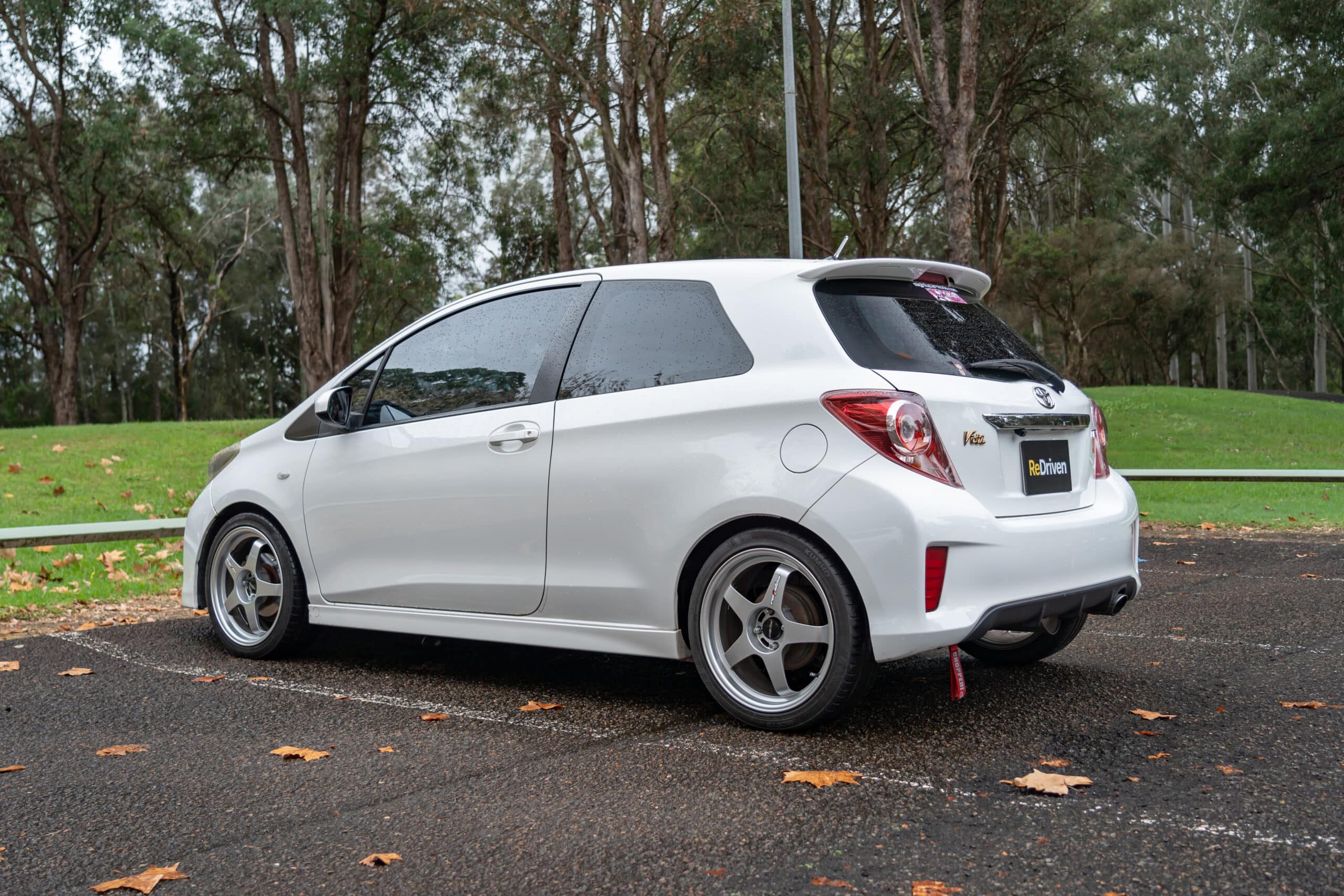
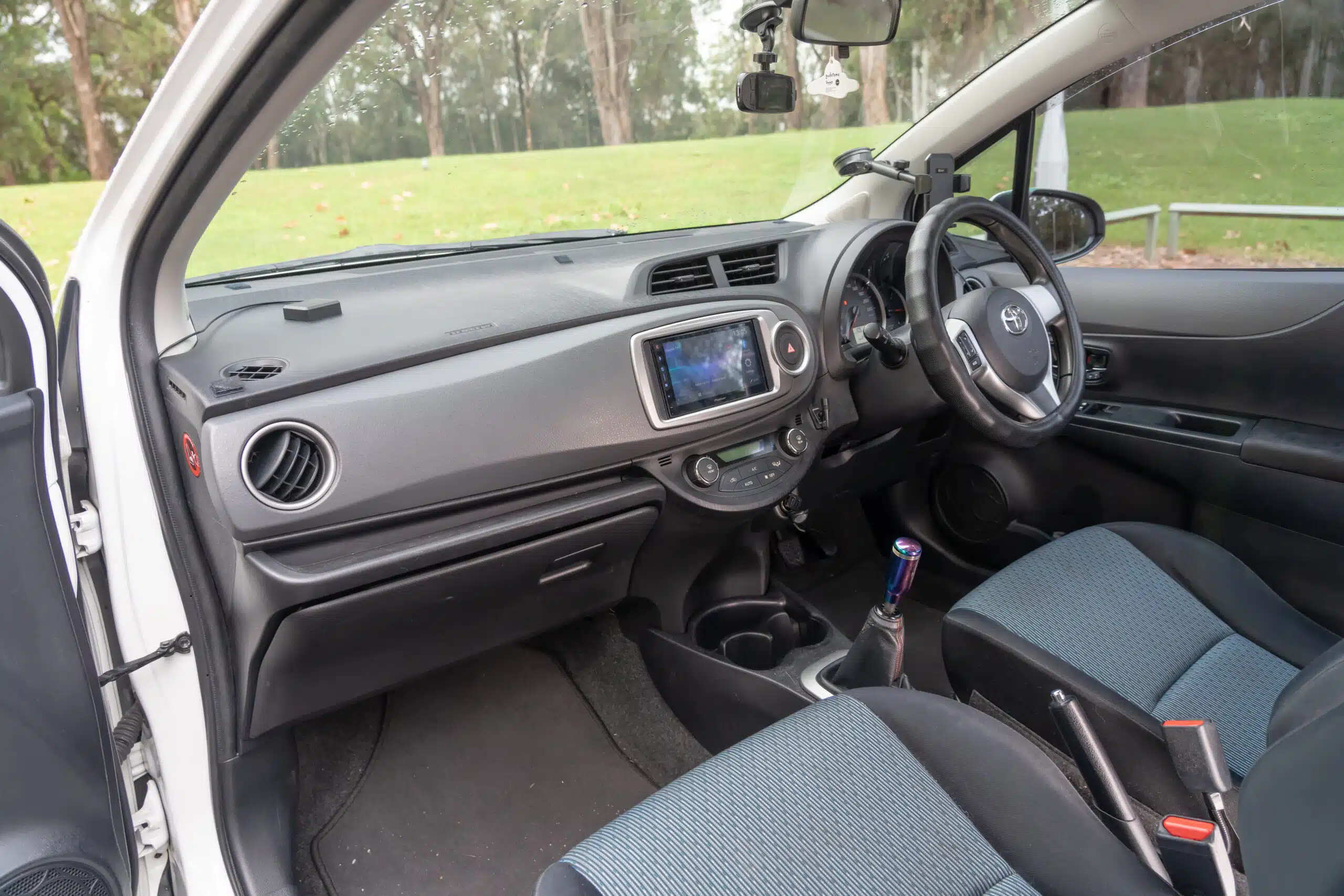
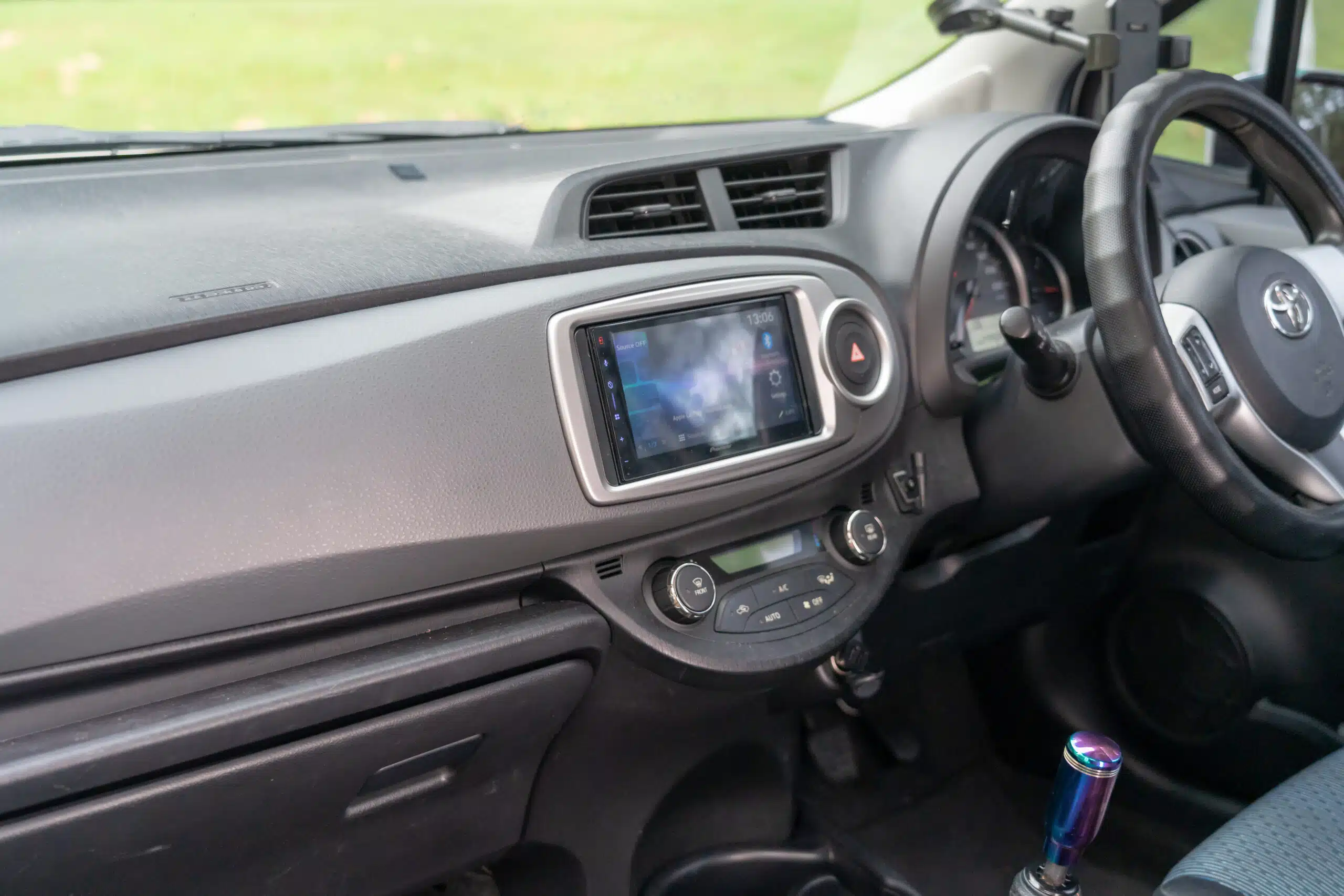
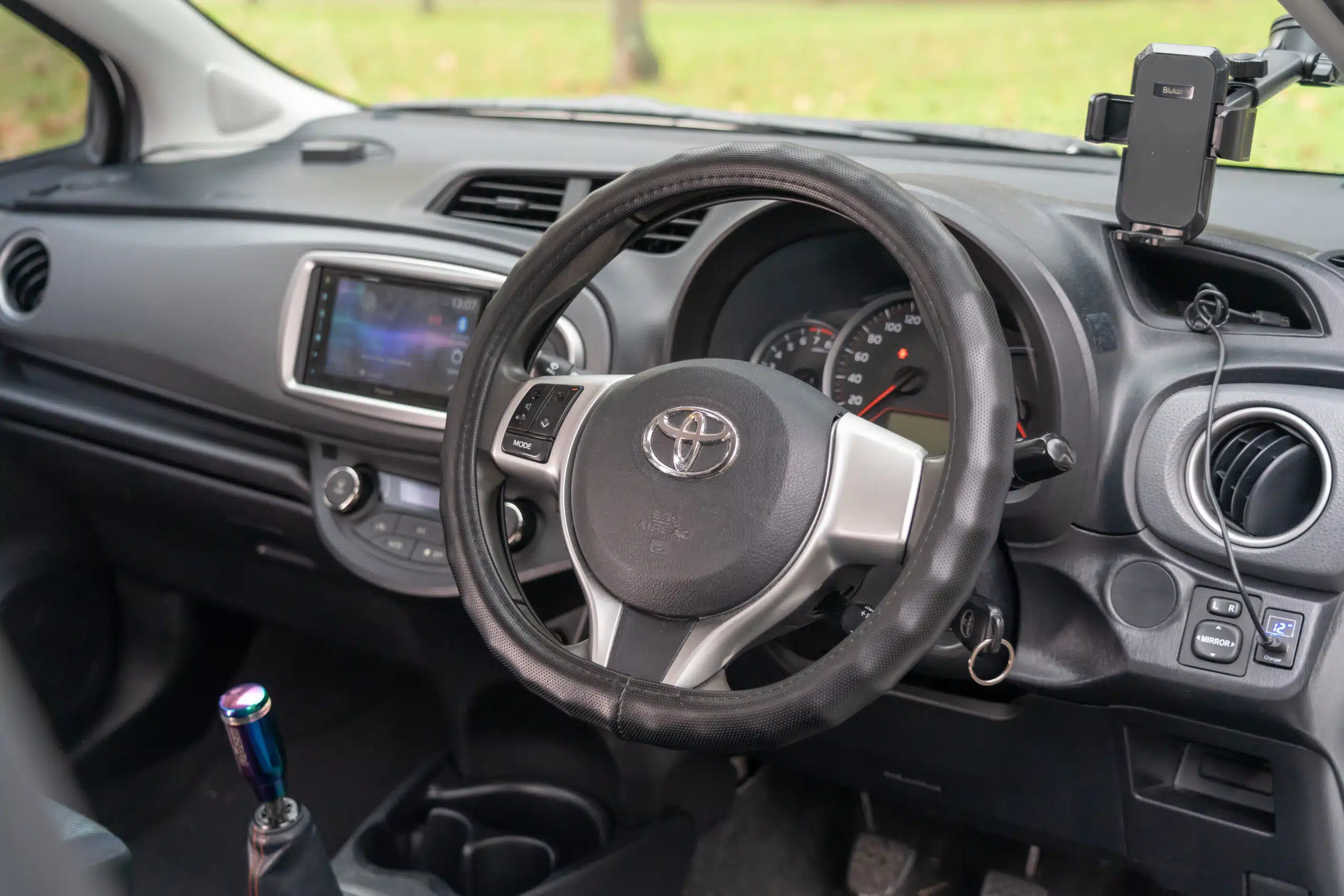
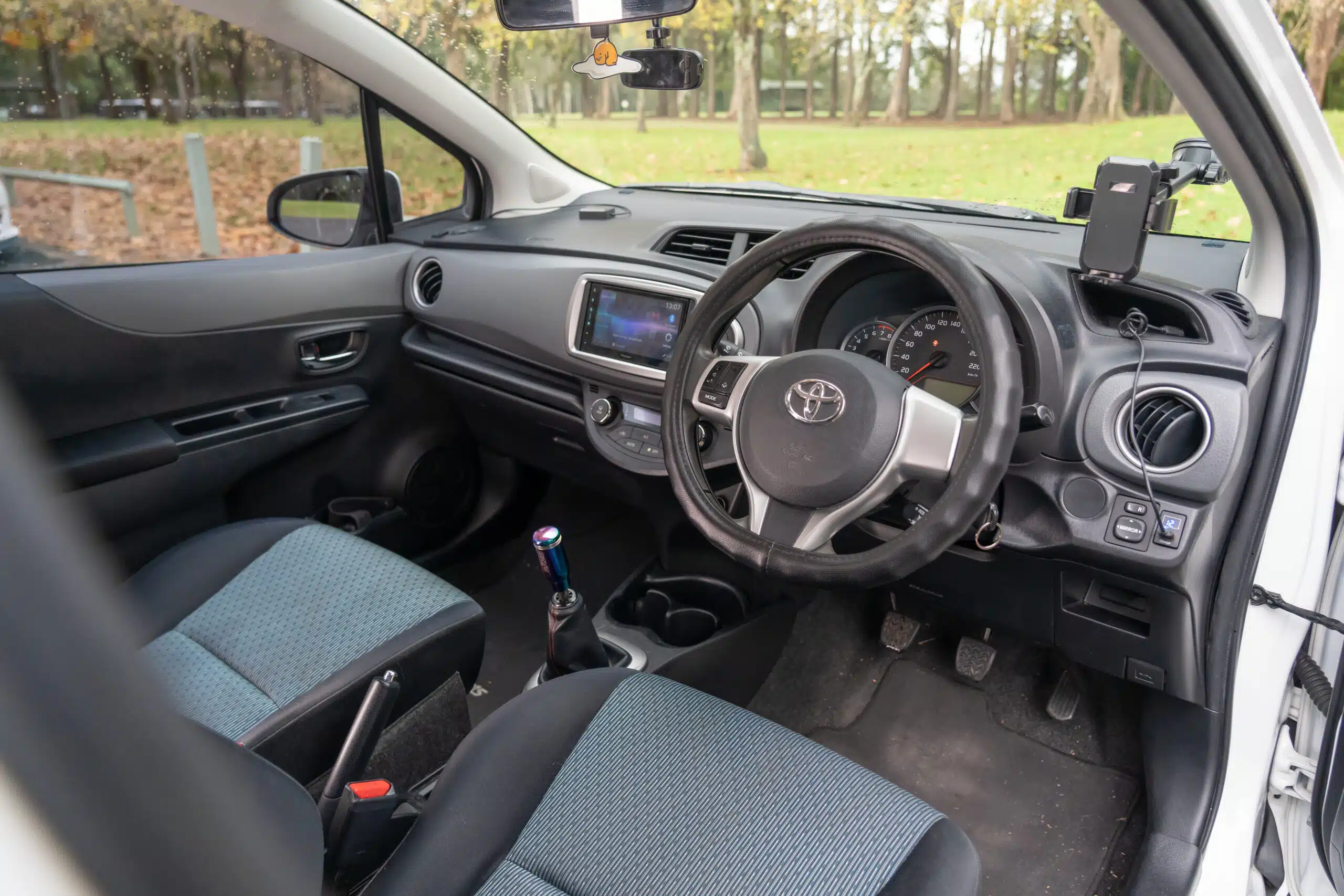
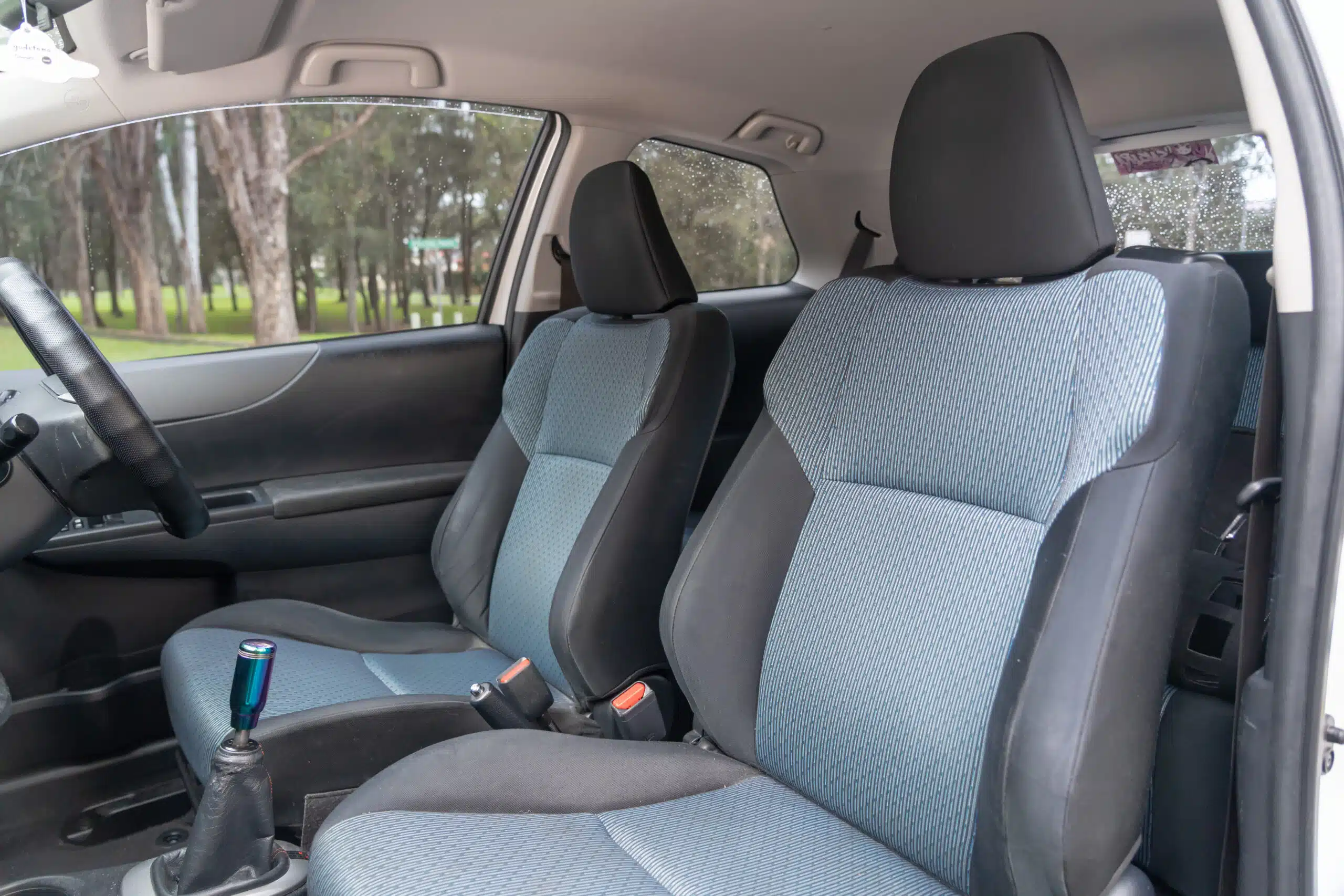















Exterior:
Interior:
Exterior:
Interior:
Mechanically:
Exterior:
Interior:
Mechanically:
So, should you buy a used Yaris? Well, let us put it this way, we personally know of multiple mechanical workshops that use the Yaris as their go-to courtesy car. Think about that for a second. If the very people who spend their days fixing cars are happy to throw the keys to a Yaris at every Tina, Deepak and Jorge to drive however they like, that alone should tell you just how tough and trustworthy these little things really are.
Now normally, this is the point in the cheat sheet where we’d talk about how important it is to only consider cars with full, faultless service histories and evidence of top-tier maintenance, and yes, ideally that’s still the case. But the Yaris is one of those rare cars that’s so inherently resilient and over-engineered, unless it’s been flat-out neglected or absolutely flogged to within an inch of its life, chances are it’s still going to be a bloody good thing.
Obviously, always have a proper pre-purchase inspection carried out and go for the best example you can afford, but if you’re in the market for a used light hatch, the XP130 Yaris absolutely deserves to be right at the sharp end of your shortlist. It’s honest, it’s capable, it’s cheap to run, and it’ll just quietly get on with the job, no fuss, no drama.
So, should you buy a used Yaris? Well, let us put it this way, we personally know of multiple mechanical workshops that use the Yaris as their go-to courtesy car. Think about that for a second. If the very people who spend their days fixing cars are happy to throw the keys to a Yaris at every Tina, Deepak and Jorge to drive however they like, that alone should tell you just how tough and trustworthy these little things really are.
Now normally, this is the point in the cheat sheet where we’d talk about how important it is to only consider cars with full, faultless service histories and evidence of top-tier maintenance, and yes, ideally that’s still the case. But the Yaris is one of those rare cars that’s so inherently resilient and over-engineered, unless it’s been flat-out neglected or absolutely flogged to within an inch of its life, chances are it’s still going to be a bloody good thing.
Obviously, always have a proper pre-purchase inspection carried out and go for the best example you can afford, but if you’re in the market for a used light hatch, the XP130 Yaris absolutely deserves to be right at the sharp end of your shortlist. It’s honest, it’s capable, it’s cheap to run, and it’ll just quietly get on with the job, no fuss, no drama.
So, should you buy a used Yaris? Well, let us put it this way, we personally know of multiple mechanical workshops that use the Yaris as their go-to courtesy car. Think about that for a second. If the very people who spend their days fixing cars are happy to throw the keys to a Yaris at every Tina, Deepak and Jorge to drive however they like, that alone should tell you just how tough and trustworthy these little things really are.
Now normally, this is the point in the cheat sheet where we’d talk about how important it is to only consider cars with full, faultless service histories and evidence of top-tier maintenance, and yes, ideally that’s still the case. But the Yaris is one of those rare cars that’s so inherently resilient and over-engineered, unless it’s been flat-out neglected or absolutely flogged to within an inch of its life, chances are it’s still going to be a bloody good thing.
Obviously, always have a proper pre-purchase inspection carried out and go for the best example you can afford, but if you’re in the market for a used light hatch, the XP130 Yaris absolutely deserves to be right at the sharp end of your shortlist. It’s honest, it’s capable, it’s cheap to run, and it’ll just quietly get on with the job, no fuss, no drama.
Have ultimate peace of mind when buying a used car by purchasing an official PPSR report.
Please note that pricing information is subject to fluctuations in the automotive market.
Information correct as of June 13, 2025.
The advice provided on this website is general advice only. It has been prepared without taking into account your objectives, financial situation or needs. Before acting on this advice, you should consider the appropriateness of the advice, having regard to your own objectives, financial situation and needs.
Read our full terms and conditions here.
You are the best, the content in your videos is so helpful, delivered in a great way. Please keep going as for sure you are unique in every way. All the best from Guatemala
L. G. - YouTube
You guys have truly found something wonderful… Loved this channel ever since from the beginning… Will support you guys as long as you guys keep making these wonderful car reviews…
Calvin - YouTube
This is probably the best channel I have ever seen when reviewing vehicles. New or old. The honesty is so appreciated. I’ve been a mechanic for 20 years and I find it very informative when looking for a vehicle for my daughter. Keep up the awesome work.
Jason T. - YouTube
© 2025 ReDriven All Rights Reserved